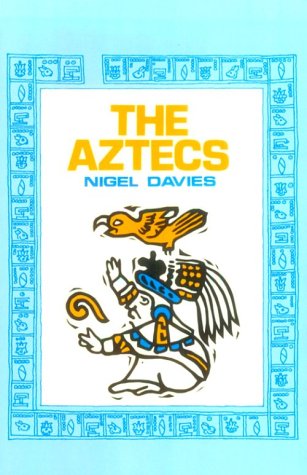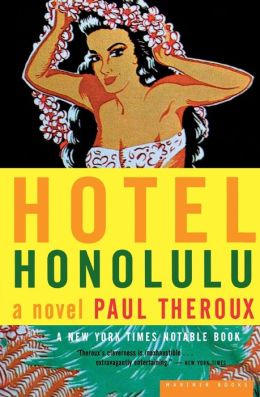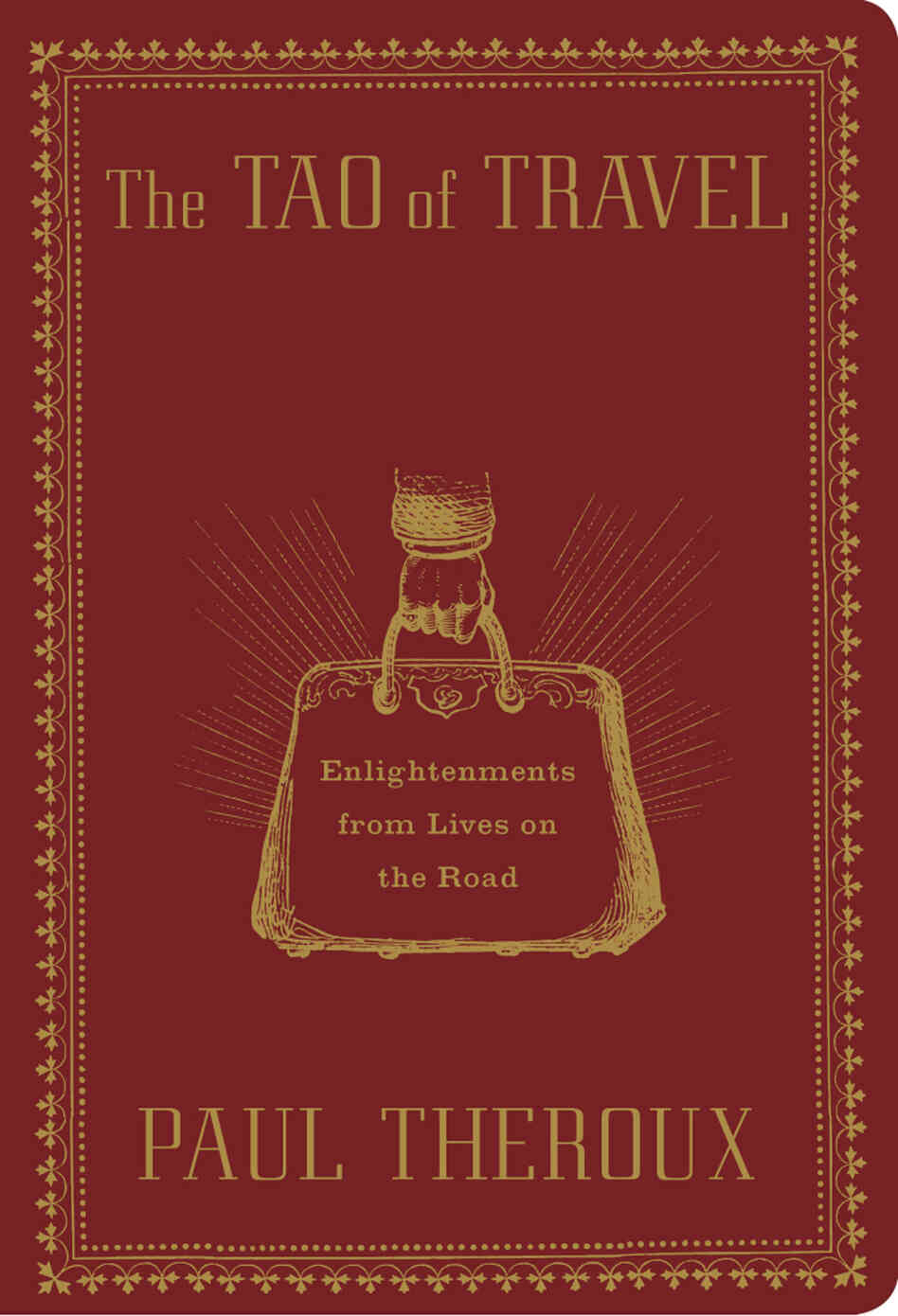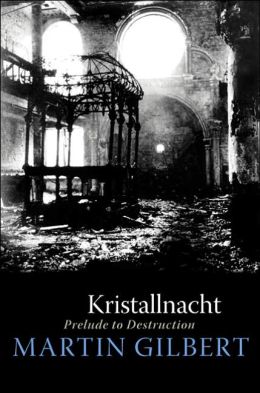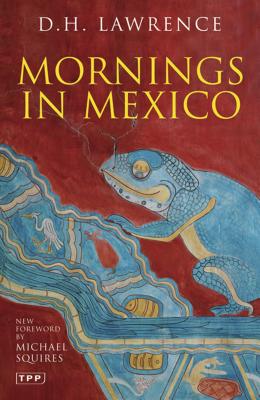 Cortés
Cortés
by William Weber Johnson
The book Corte’s by William Weber Johnson is a book about the character Captain Hernan Cortes who was born in Spain and lived from 1485-1547. He was the heroic explorer who helped conquer the little country of Mexico from it tyrannical Aztec leaders. As the book explains Cortés from an early age was an enterprising boy eager for exploration power and adventure, so it was no surprise when during his conquests convinced the Cuban governor into assisting him with troops to lead the expedition to Mexico in 1519. As mentioned, Mexico was being governed by Montezuma II, emperor of Aztec. After his arrival, Cortes soon learned of the Aztecs and began to make his way to Tenochtitlan, the capital city where he met with various tribes that war at war with the Aztecs and helped him conquer them.
In November of 1519, Corte’s cleverly took hostage of Montezuma the Aztec emperor knowing full well that if he did not have any leverage against them, they would soon try to kill him. He wasn’t successful because they managed to drive him out of the city but once he had regrouped, Corte’s manages to capture the Mexican city and overthrow the Montezuma regime. After his conquest, Cortes did not return home but instead remained in Mexico City and began to rebuild it on the Aztec ruins. He then invited Europeans to come and settle there. Due to his many his conquests and battles, Cortes acquired a lot of gold and jewels which made him very wealthy and popular back home in Spain. He was therefore appointed governor and captain of New Spain (Mexico).
Cortes was still interested in exploring, therefore in 1524, he advanced into present day Honduras where he settled for two years but by this time the Spanish government was getting wary of Cortes’ numerous conquests and decided to deport him back home to Spain. He later convinced the Spanish monarchy and they allowed him to return back to South America but with fewer privileges. In 1536, Cortés was clearly bored so he spent his last days exploring Baja Californian peninsula and the Pacific coast of Mexico before returning back to Mexico. Cortes later died in 1547.
The narrative of Cortés, Montezuma, and the Spanish conquest of the Aztec Empire has been chronicled several times, and with explanation, since it is one of the primary events in world history. There are most likely no new facts left to uncover on the conquest, but it is a thrilling, intensely moving, and tremendous story well worth retelling. Johnson is not an acclaimed historian, but he is a well equipped writer who knows the facts, and clever enough is to let the excitement and drama of the saga to unfold by itself. At the epicenter of the narrative is clearly the two protagonists Cortes and Montezuma.
Cortés is depicted as an enthralling combination of tireless ambition, religious fidelity, and amazing tenderness. Montezuma, also very religious, was less a proactive leader than Cortés, and his introspective nature probably warranted his doom. As Johnson illustrates, this was also an earth shattering clash of civilizations that is still evolving centuries later. This is an amazing work of popular history, perfectly designed for general readers.
In this literary piece of writing generally Johnson has greatly used factual research. In fact he recommends several other sources, a number of which are out of print. The book is not revisionist; rather it seems to provide a balanced and non biased opining on Spanish and Aztecan beliefs, practices and cultures. The attention to detail is impeccable, with the provision of a narrative which flows well and is interesting. The book is not ones stereotypically boring history piece but instead a broad, descriptive analysis of Mexican history and how they acquired their independence. This book effectively transports the reader from the former Empirical regime of Montezuma II to the Spanish regime that still stands to date.
Much like Christopher Columbus, Cortés character is still subjected to public scrutiny and criticism simply because it is difficult to establish whether he was truly a hero or an antagonist. According to Johnson’s book, Cortes id viewed as a man who travelled around the globe in search of weak, undemocratic colonies to conquer, he went about his business not mindful of the natives’ cultural practices and beliefs. Although Cortes brought freedom to the Mexican state, his methods of liberation are still questioned. The book generally demands that a reader reads it first then establishes an opinion for him or her self.
Although this book is generally for people looking to delve into the historical past of Mexico, it also appeals to those with a genuine interest in world history and enlightens the mind on global occurrences that are not often discussed. This book is adequate for analytical readers and scholars alike in perfectly illustrating how a man with twisted interests manages to conquer a territory, leaving tracks of emancipated but socially, politically and economical distraught people. This man overthrows a regime and forces his native political structures and religious views of a people. In this day an age we can draw examples of leaders with misguided interests but still a noble and worthy cause regarding their people from this book. As much as Corte’s went about operating with impunity, brutality and neglect, he was much more interested in bringing down an imperial government that did not put the wills and needs of its citizens as a priority. He did assist Mexico in attaining independence but not without a price i.e. Spanish rule. In general it is safe to say that all interpretations and judgments are left to the reader as he is after all the beneficiary of the historical piece.
 The Celtic Ring
The Celtic Ring




